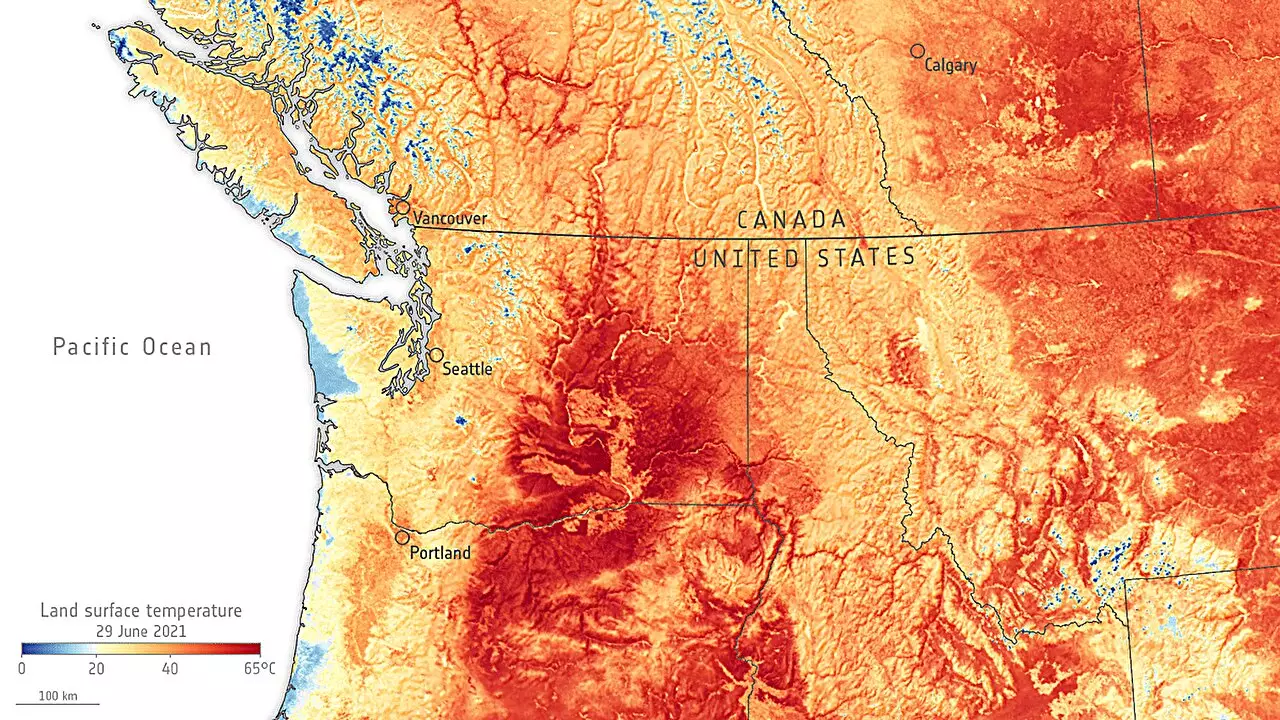Traditional weather forecasting has long been hindered by the chaotic nature of the atmosphere. With small fluctuations in atmospheric conditions having the potential to create significant and unpredictable impacts, forecasters typically limit their predictions to a window of about ten days. This limitation can be particularly detrimental during extreme weather events, such as the unprecedented heatwave in the U.S. Pacific Northwest during June 2021, which melted power lines, devastated agricultural areas, and tragically resulted in numerous fatalities. As climate change increases the frequency and severity of such events, the need for longer-term, more reliable forecasts grows ever more urgent.
Meteorologists traditionally rely on adjoint models that assess how sensitive a forecast is to inaccuracies in initial input conditions, such as temperature or humidity levels. These models play a crucial role in deciphering how slight deviations can radically alter weather predictions. While useful, running adjoint models demands an immense amount of financial and computational resources, which are not always available. Moreover, these models can only forecast with a reasonable degree of accuracy up to five days into the future. Consequently, the search has been on for innovative solutions that can extend forecasting capabilities beyond the existing parameters.
In light of the constraints observed with traditional techniques, researchers have turned to artificial intelligence, specifically deep learning, as a means to enhance forecasting accuracy and extend the predictive horizon. Recent investigations published in the journal Geophysical Research Letters examined this approach by employing two advanced deep learning models: GraphCast, conceptualized by Google DeepMind, and Pangu-Weather, developed by Huawei Cloud. By analyzing these models’ predictions during the notable heatwave in June 2021, researchers aimed to uncover any potential synergies and improvements in predictive accuracy.
In their study, the researchers distinctively withheld the heatwave data from the training sets to ensure impartiality in the results. Their findings were striking: utilizing deep learning techniques to establish optimal initial conditions resulted in a remarkable 94% reduction in forecast errors with the GraphCast model. Notably, the Pangu-Weather model demonstrated a similarly impressive reduction in inaccuracies. This represents a critical advancement in weather forecasting, as it allows for reliable predictions up to 23 days in advance, a significant leap from previous capabilities.
The implications of employing deep learning methodologies extend beyond mere numerical accuracy. Improved forecasting has the potential to transform disaster preparedness and response efforts, enabling communities to be better equipped for extreme weather conditions. As climate variability continues to escalate, integrating such advanced technologies could be pivotal in mitigating the adverse effects associated with natural disasters. The results from this research not only demonstrate the efficacy of deep learning in weather predictions but also potentially mark the beginning of a new era in meteorology—one where science and technology coalesce to address urgent global challenges.

